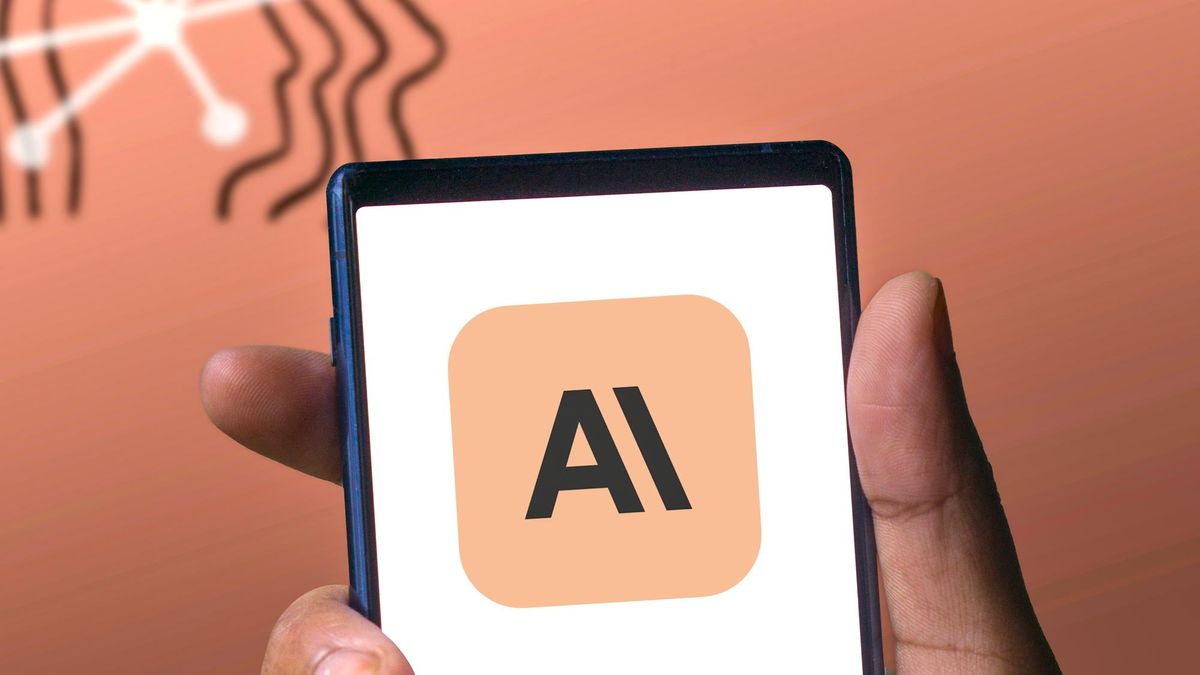
AI-driven advancements continue to reshape digital tools across various industries, with companies like Anthropic, Google, and Netflix making significant strides. Anthropic has introduced new features like a voice-enabled Claude AI and an advanced research tool that allows for in-depth, multi-step searches to assist users in both personal and professional contexts. Additionally, Grok, the chatbot from Elon Musk’s xAI, has rolled out a canvas-like feature called Grok Studio, designed for document and app creation, while also introducing Whisk Animate for turning images into videos. Meanwhile, Google is enhancing its AI-powered offerings with the launch of Veo 2, a text-to-video tool for high-quality video generation, and Whisk Animate, which allows Google One Premium users to create short video animations.
On the entertainment front, Netflix is testing a new AI-powered search feature to improve content discovery. Powered by OpenAI’s technology, the mood-based search tool lets users find films and series based on specific emotional or situational prompts, offering a more personalized viewing experience. This step follows the growing trend of integrating conversational AI into user interfaces, as seen with Google’s AI tools and Anthropic’s new integrations. These innovations are transforming how we interact with digital assistants, creating more fluid, intuitive, and customizable experiences across various platforms and industries.
1. Anthropic Set to Launch Voice-Enabled AI Chatbot Soon

Anthropic is set to introduce a voice feature for its Claude AI chatbot, which will allow users to interact with it using voice commands. The new voice modes, named Mellow, Airy, and Buttery, will enhance user experience by adding a more personal touch to the AI interactions. Additionally, Anthropic is launching a new Research tool that allows Claude to conduct multi-step searches, providing users with more accurate and detailed results. These features aim to make Claude a more powerful tool in both everyday tasks and complex research projects.
2. Grok Adds Tool to Create Docs, Apps with Collaborative UI

Grok, the AI chatbot from Elon Musk’s company xAI, has introduced a new feature called Grok Studio, a canvas-like tool for creating documents and basic apps. The tool allows users to generate content, write code, and collaborate with Grok in real-time, opening a new space for creative and technical projects. In addition to Grok Studio, the new Whisk Animate tool enables users to transform static images into animated videos, offering even more ways for Grok users to engage with the platform.
3. Anthropic Unveils Research Tool, Google Workspace Support

Anthropic is launching two major features aimed at improving workflow efficiency. The Research tool enables Claude to perform in-depth, multi-step searches and generate citations for more accurate information, putting it in direct competition with similar tools from OpenAI and Google. Meanwhile, Claude’s integration with Google Workspace allows it to access Gmail, Calendar, and Docs, helping users easily manage their work by automating tasks such as retrieving meeting notes or identifying action items from emails. These updates position Claude as a powerful AI assistant for professional environments.
4. Google Launches AI Video Tool for Gemini Advanced Users

Google has launched its AI video generator, Veo 2, which allows Gemini Advanced subscribers to create high-resolution, cinematic-quality videos using simple text prompts. Available on both web and mobile, the tool is designed to produce eight-second videos in 720p, with the option to directly share them to platforms like TikTok and YouTube. Alongside Veo 2, Google is also introducing Whisk Animate, a feature that enables Google One AI Premium users to turn images into short videos, further enhancing their creative possibilities with AI-powered tools.
5. OpenAI Powers Netflix’s New Mood-Based Content Search Tool
Netflix is testing a new AI-powered search tool, built on OpenAI’s technology, that enables users to discover content based on mood-specific prompts. This feature, currently available to select users in Australia and New Zealand, allows for nuanced searches, such as requesting “a fast-paced thriller with a strong female lead” or “a heart-warming drama for a rainy day.” The AI integration aims to improve user control over content discovery and is a significant step towards making Netflix’s recommendation system more conversational and personalized.
Conclusion
In conclusion, AI-driven innovations are transforming the way we interact with technology, offering more personalized and efficient tools for users across various sectors. Anthropic’s voice-enabled Claude AI and research tools, along with Grok’s new collaborative features, are enhancing productivity and creative workflows. Google’s advanced video generation and image-to-video tools are opening new possibilities for content creators, while Netflix’s AI-powered mood-based search tool is revolutionizing content discovery. Together, these advancements demonstrate the growing impact of AI in making digital experiences more intuitive, versatile, and user-centric.

















